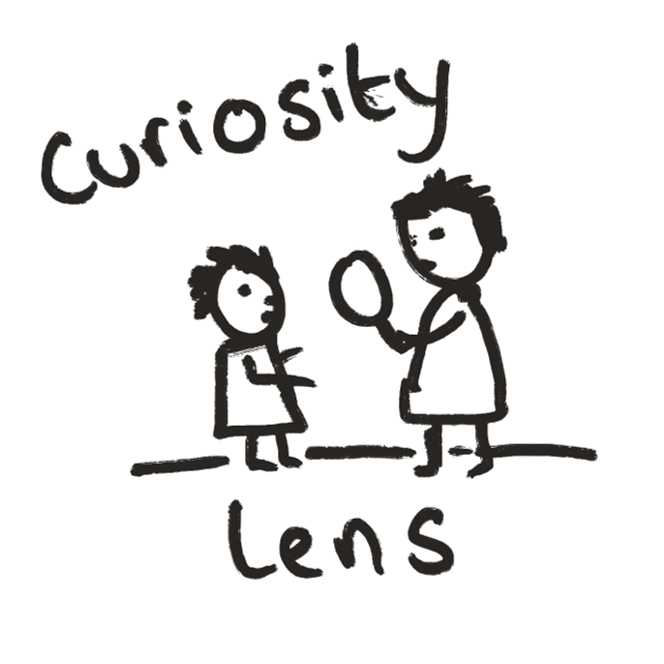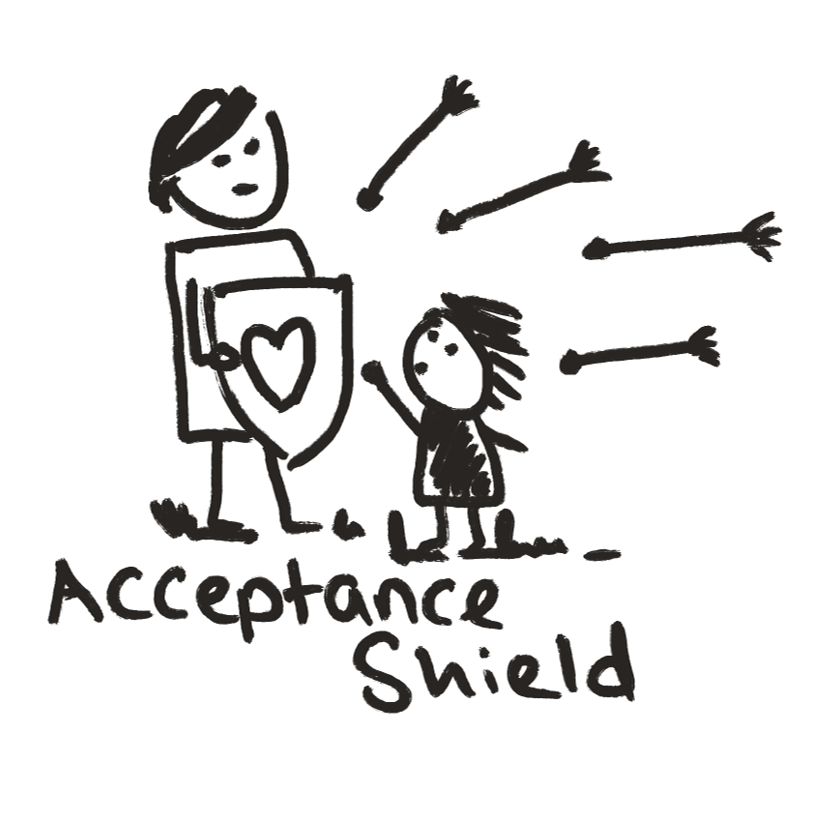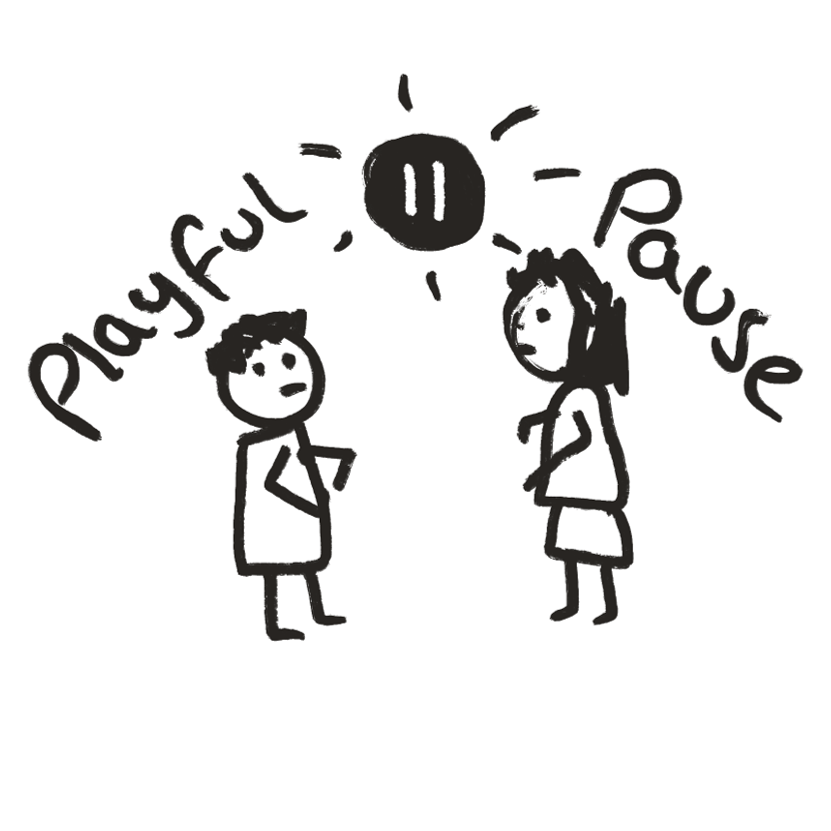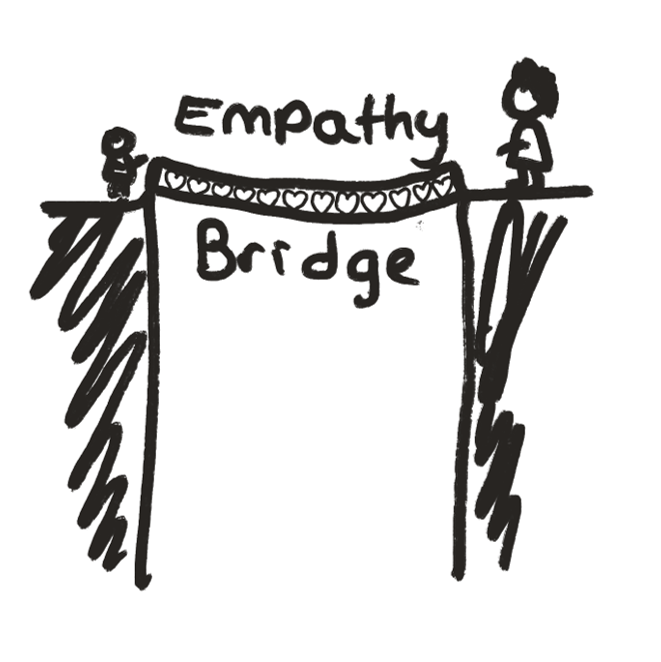Award Winning
Practical micro-courses for carers of children with complex needs
Short trauma informed courses written by foster carers with lived experience. Designed to give you practical tools you can use tonight.
Designed by foster carers
for foster carers
Practical, trauma informed courses rooted in real life fostering.
Short, focused
and flexible
Courses from 10 to 60 minutes, with printable tools carers can use the same evening.
99% rate our courses as
Very Good or Excellent
Trusted by more than 300 foster carers and social workers
What Carers Say About the Academy
Sibling Rivalry & Trauma

Podcast: Foster Children & Lying

Creating Consequences That Teach, Not Punish
I liked the three R’s and the way to put it into a table. This shows how well it can work with the young person.

Creating Consequences That Teach, Not Punish

Shame in Traumatised Children

Toxic Masculinity and the Manosphere

Attachment & Children in Care

Navigating Christmas with Foster Kids

From Teen Conflict to Connection

Guided Pathways
Seven practical routes for tricky moments
These pathways help carers know exactly which courses to take when they need help fast.
Big Feelings on Big Days: Holidays, Anniversaries & Triggers
Who it’s for: Spikes around Christmas, birthdays, contact days, school transitions.
Goals: Plan ahead, reduce flashpoints, preserve connection.
Number of courses: 5
Total study time: 2 hours, 35 mins
Calm the Storm: De-escalation & Anger
Who it’s for: Homes with frequent blow-ups, shame spikes, or “walking on eggshells.”
Goals: Co-regulate first, reduce shame, teach repair.
Number of courses: 7
Total study time: 4 hours, 38 mins
Sexualised Behaviour: Safety, Scripts & Support
Who it’s for: Foster carers supporting children showing sexualised or harmful behaviour, including online risks. Calm first, safety always, no shame.
Goals: Equip carers to respond safely and confidently, using clear plans, therapeutic scripts, and teamwork with professionals.
Number of courses: 11
Total study time: 5 hours, 35 mins
Sibling Storms: Rivalry, Safety & Repair
Who it’s for: High-conflict siblings/placements with escalation.
Goals: De-escalate fights, teach repair, protect attachments.
Number of courses: 5
Total study time: 3 hours
Courses
Online Events
Friday 16th January | 9pm GMT

Growing Up Wired a Bit Differently
Friday 30th Jan | 9pm GMT

Mini Dungeons & Dragons Quest
Grab a cuppa, drop in, and enjoy a light, playful adventure with other carers.
A fun way to unwind, connect, and escape into a story for a little while.
Friday 28th Feb | 9pm GMT

Netflix 'n' Natter
Policies
Awards & Recognition

Demo of Navigating our Courses

What this pearl is all about
What you could say in the moment
(Said softly, perhaps while offering a reassuring hand on the shoulder if welcomed, conveying that you are not angry and will stay by the child’s side until the emotional waves settle.)

What this pearl is all about
What you could say in the moment
(This phrasing invites the child to explain, without outright accusing them of lying. It uses "I wonder" instead of "You’re lying", signalling curiosity. You might even playfully put on “magic truth glasses” with your fingers, if age-appropriate, to lighten the moment and show the child they’re not angry.)

What this pearl is all about
What you could say in the moment
(This script explicitly assures the child of your enduring acceptance. Phrases like “no matter what” and “nothing will change that” directly address fear of rejection. You might literally open your arms like a shield or put an arm around the child if appropriate, to physically reinforce the feeling of protection and safety.)

What this pearl is all about
What you could say in the moment
In this playful script, you create a tiny imaginative game (“Defiance Dragon”) to externalise the child’s defiance as something we can team up against playfully. The exact script can vary widely by age (for a teenager, humour might be more understated, like you suddenly doing a goofy dance and saying “Ugh, what a morning – shall we hit reset and start over?” with a grin). The essence is to surprise the child out of the stuck position with levity. Your willingness to be a bit silly shows the child it’s safe to drop their guard. Once the child smiles or giggles, even briefly, the emotional climate shifts – we (you and the child) are connected again, and the task or issue can often be revisited with less resistance.

What this pearl is all about
What you could say in the moment
(In this script, you're naming and normalising the child’s likely feelings, showing empathy: “I’d feel the same if I were in your shoes.” There’s also an explicit assurance of presence: “I’m here… I’m not going anywhere,” which is crucial for a child worried about being given up on. The tone is gentle, not demanding a response. You might sit quietly nearby, or leave a soft toy or drawing materials as an invitation. The child then knows the bridge is there whenever they are ready to cross back into interaction. Even if the child doesn’t respond immediately, such messages sink in and over time the child will trust that the carer truly cares and empathises with them.)

